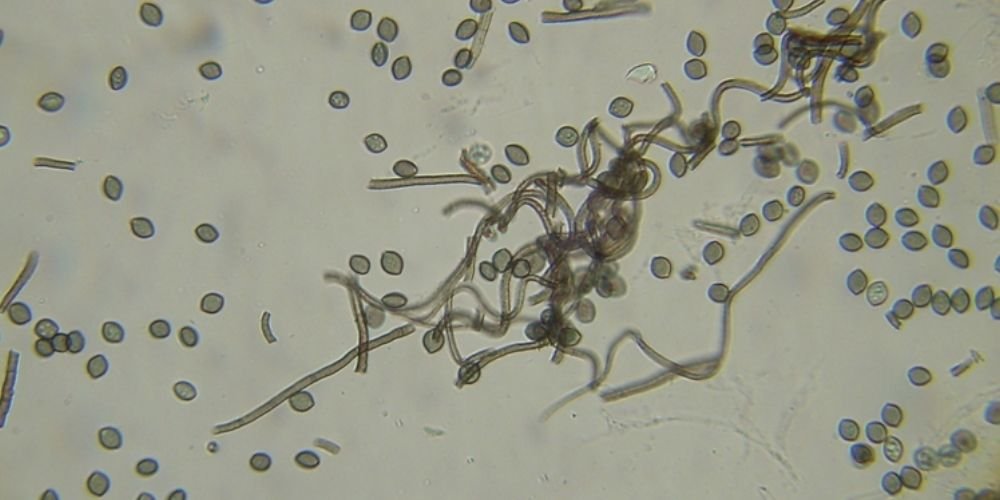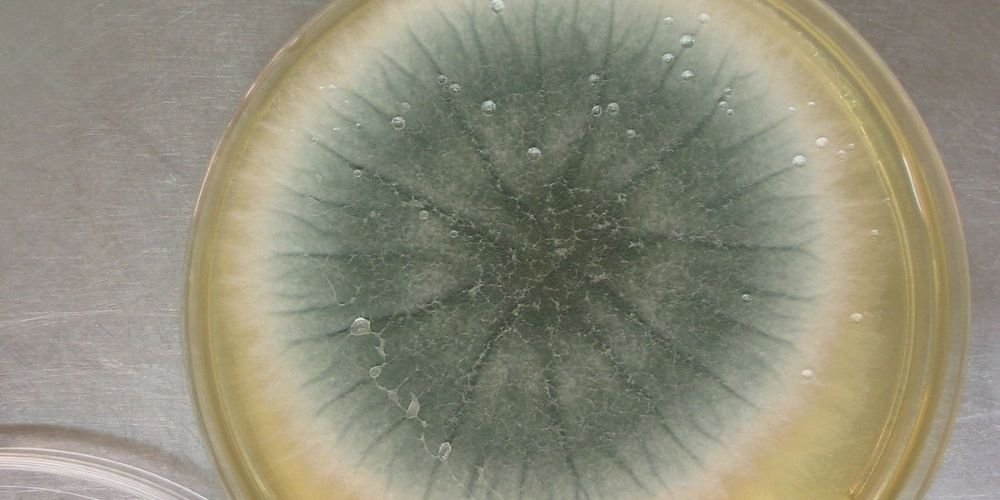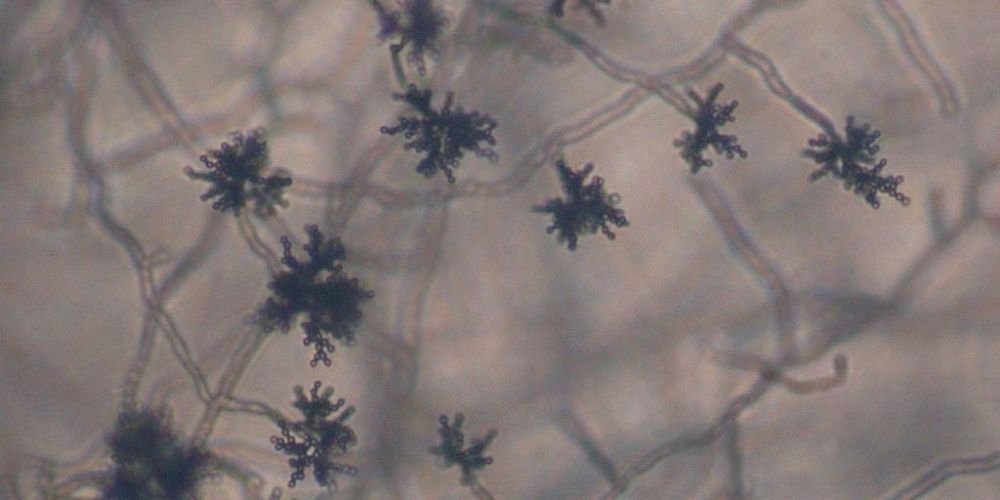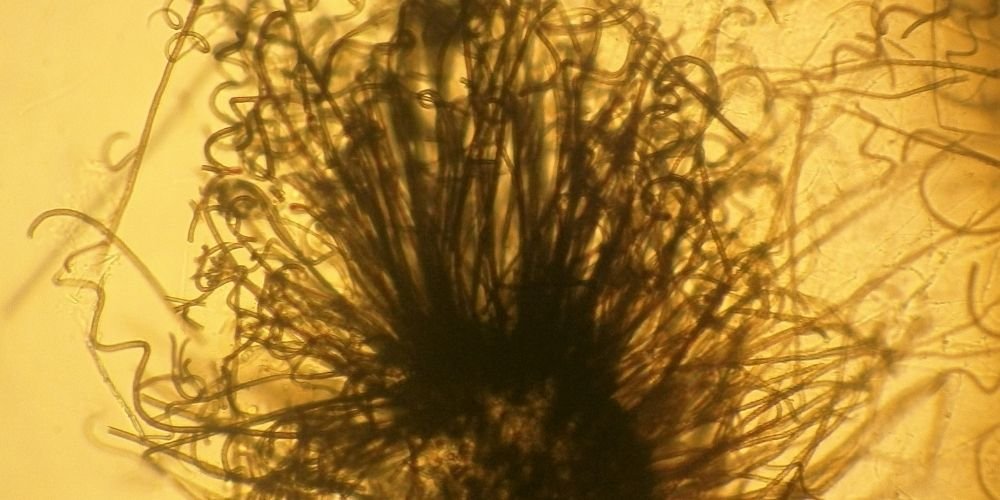Homeowners encounter various problems regarding home maintenance, but one of the most frequent and significant issues is mold. Moist conditions breed mold, which can be toxic. Mold can cover the vents and ducts in the homes if they are not cleaned properly.
The air-conditioned environment is a perfect place for molds to thrive. The air cleaning ducts can spread mold, which can spread the spores, leading to coughing, itchy skin, and other symptoms.
What Causes Mold Growth in Air Ducts?
Summer is the season when mold grows in air ducts. The warm air in the atmosphere condenses when it collides with the cooler air in the air conditioner because when the drops of water settle on the AC vent and other parts, they produce a conducive system for mold growth.
Leaks from pipes, condensation, and high humidity levels in areas like bathrooms, kitchens, and especially basements contribute significantly to mold growth. Dust, dirt, and organic debris inhabit houses, which provide nutrients to mold spores because they constantly revive in the air to settle and multiply. Not cleaning air ducts and AC vents can also cause mold growth.
Types of Mold in Air Ducts
Acremonium

This particular type of mold is highly toxic and grows with time. It takes the form of a white, powdery substance in appearance.
- Classification: Sordariomycetes
- Found: In the atmosphere, it is in soil and on dead plants.
- Danger: Able to produce mycetomas, infection of the cornea, and nails
- Health Effects: Nausea, Vomiting and Diarrhea
Alternaria

Alternaria is a ubiquitous type of mold. As a plant pathogen, it can cause diseases in over 400 host plants.
- Classification: Dothideomycetes
- Found: Cereal, Grains, and Rotton woods
- Danger: Exposure to the spores can cause severe asthma in susceptible people
- Health Effects: Potentially life-threatening asthma
Aspergillus

Aspergillus is a mold that consists of hundreds of molds in several species found in different atmospheres worldwide.
- Classification: Eurotimycetes
- Found: on dead leaves, stocked grains, or decomposed vegetables.
- Danger: Cough, Fatigue, Chest Pain
- Health Effects: Stuffy noes, sometimes drainage accompanied that might consume blood.
Cladosporium

It is a genus of fungi that sometimes includes the most common indoor and outdoor molds.
- Classification: Dothideomycetes
- Found: On plants mostly, on foods, and in soil
- Danger: It can cause asthma and allergies
- Health Effects: Runny Nose, Dry Skin and Sneezing
Chaetomium

It is a genus of fungi in the Chaetomiacease family.
- Classification: Sordariomycete
- Found: Inhabitants ranging from forest plants to mountain soils across various biomes
- Danger: Water Damage
- Health Effects: Allergies, Respiratory Issues, Skin Irritation
Identifying Mold In Air Ducts
Mold can be alarming to health, so it is essential to identify and prevent it. It can damage AC vents and ducts and disturb indoor air quality.
- Musty odors: When running, the first sign of mold in the HVAC system is the strong, musty smell that occurs near the vents and might spread around the home.
- Visible Mold Spores: Humans can not see mold spores because they are in the air, but mold can be seen on various surfaces.
- Increased Allergy Symptoms: Inhaling mold spores can lead to allergies like sneezing.
How Do you Know if your Duct needs Cleaning?
As mentioned below, several indications indicate it is time for AC duct cleaning.
Signs you need air duct cleaning:
- Allergy symptoms
- Dust accumulation
- Poor airflow
Health Risks Associated with Mold in Air Ducts
Mold in air ducts always risks human health. It can make the human chest tight and shorten the breath. If people are exposed to mold, they can have asthma attacks. Mold can also affect the lungs, increasing the chances of hospital admission.
Can Mold In Air Ducts Make You Sick?
Mold can cause runny noses, asthma, sneezing, and other diseases. Dirty Socks Syndrome commonly occurs in the HVAC system. This phenomenon occurs mainly when the air conditioners are started after a long time and is caused by poor maintenance and moisture accumulation. Air duct cleaning can prevent the issue.
Preventing and Removing Mold In Air Ducts
Maintaining a dry environment keeps mold out of the house because water leakage from pipes or any other area can create moisture, bringing mold inside. You have to ensure that your HVAC system is working correctly, the filters are cleaned, and there is no chance of moisture.
HVAC mold removal includes air vent cleaning because shutting down the whole system won’t stop the mold. It could be tricky to spot the mold and scrub it with a brush or a wet rag until it’s gone, but it will work.
Tips for Managing Indoor Humidity Levels
- Fix leaky pipes
- Dry surface
- Keep ventilation
- Change air filters
- Exhaust fans in the kitchen and bathrooms
You must hire professionals to remediate mold once every 2-3 years. Professionals have more knowledge and experience in getting rid of mold.
Below are some reasons to hire professionals:
- It is difficult to get rid of mold.
- The potential spread will be reduced and controlled.
- Proper knowledge along with expertise
- Prevention of future problems, and they will save you time.
Conclusion
Several types of mold, a toxic fungi genus, can cause various human diseases. IAQ Experts is here to provide the best services to keep you safe from allergies and other diseases caused by mold.




